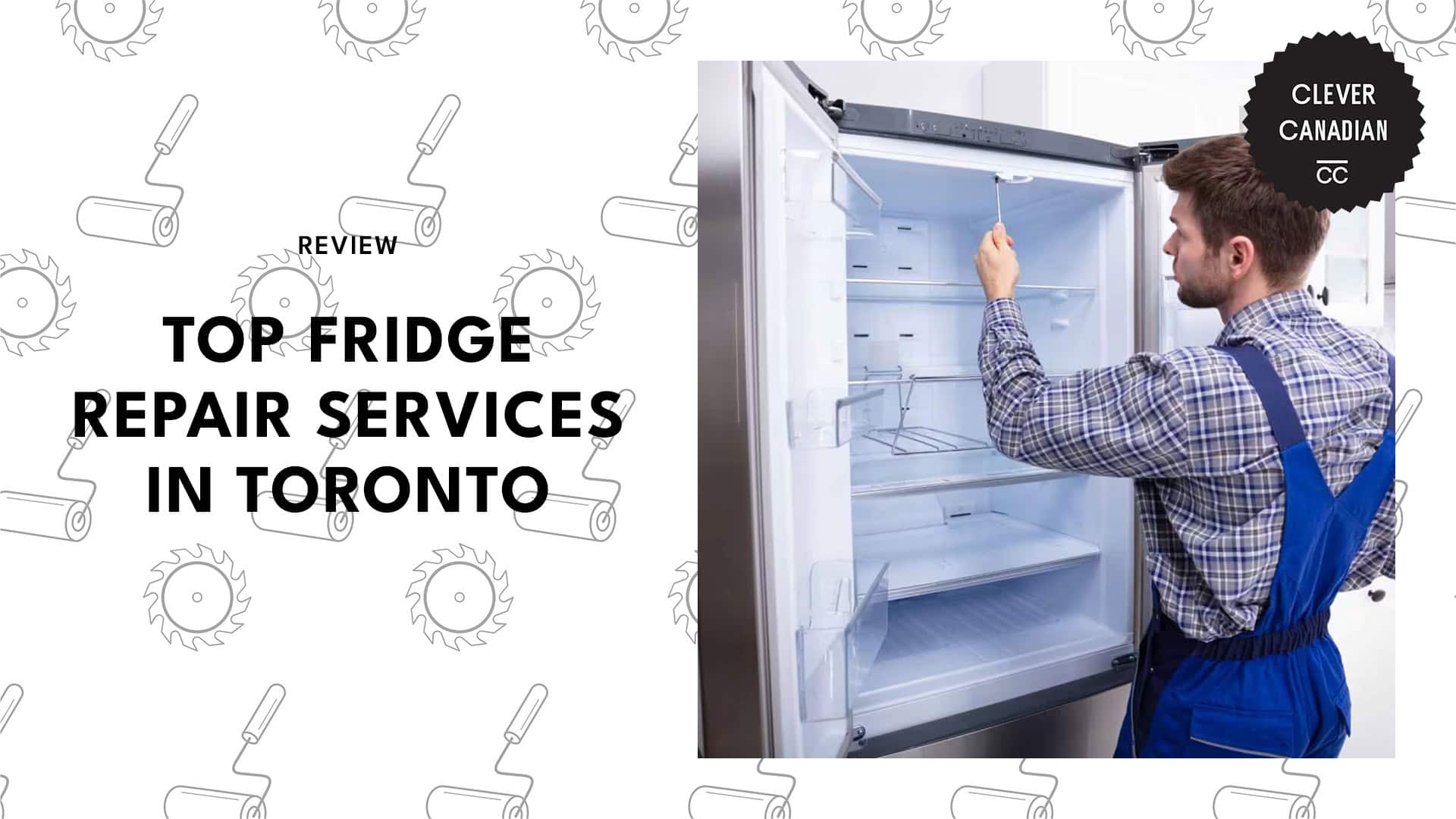Introduction
Refrigerators are among the most essential appliances in our homes, keeping our food fresh and safe to eat. When a refrigerator malfunctions, it can lead to food spoilage and significant inconvenience. Understanding common issues, maintenance tips, and when to seek professional help can save you time and money. If you're facing problems with your fridge, consider reaching out for fridge repairs Toronto.

Common Refrigerator Problems
- Not Cooling Properly
- Possible Causes:
- Dirty Condenser Coils: Dust and debris can accumulate on the coils, reducing cooling efficiency.
- Faulty Thermostat: A malfunctioning thermostat may not correctly regulate the temperature.
- Defective Compressor: If the compressor fails, the refrigerator won't cool effectively.
- Leaking Water
- Possible Causes:
- Clogged Defrost Drain: A blocked drain can cause water to pool inside the fridge.
- Damaged Door Seals: Worn or torn seals can allow warm air in, leading to condensation.
- Improperly Installed Water Filter: If a water filter is not properly seated, it can lead to leaks.
- Unusual Noises
- Possible Causes:
- Fan Issues: A malfunctioning fan can produce rattling or grinding sounds.
- Compressor Noises: While some sounds are normal, excessive noise from the compressor could indicate a problem.
- Ice Build-Up: Ice on the fan or evaporator can lead to strange noises.
- Fridge Smells Bad
- Possible Causes:
- Spoiled Food: Check for expired items that may be causing odors.
- Blocked Drain Pan: If the drain pan is dirty or overflowing, it can lead to unpleasant smells.
- Mold or Mildew: Accumulation of moisture can lead to mold growth, which can cause odors.
- Lights Not Working
- Possible Causes:
- Burned-Out Bulbs: A simple bulb replacement may be all that's needed.
- Faulty Light Switch: If the switch isn’t functioning properly, the light may not turn on when the door opens.
Troubleshooting Your Refrigerator
Before calling a professional, you can perform some basic troubleshooting:
Step 1: Check the Power Supply
- Ensure the refrigerator is plugged in and the outlet is functioning. Check the circuit breaker for any tripped switches.
Step 2: Inspect the Temperature Settings
- Make sure the thermostat is set to the correct temperature. The ideal fridge temperature is between 35°F and 38°F (1.7°C to 3.3°C).
Step 3: Clean the Condenser Coils
- If you notice cooling issues, clean the condenser coils at the back or bottom of the fridge to improve efficiency.
Step 4: Check the Door Seals
- Inspect door seals for damage or dirt. Clean them if necessary, and ensure they close tightly.
Step 5: Remove Ice Build-Up
- If you hear unusual noises, check for ice build-up around the fan or evaporator and defrost as needed.
Maintenance Tips for Your Refrigerator
- Regular Cleaning
- Clean the interior and exterior of your refrigerator regularly, paying special attention to the condenser coils.
- Check Expiration Dates
- Regularly check and remove expired food items to prevent odors and spoilage.
- Keep the Door Closed
- Minimize the time the door is open to maintain the internal temperature and efficiency.
- Defrost if Necessary
- If your refrigerator has a manual defrost option, ensure to defrost it regularly to prevent ice buildup.
- Schedule Professional Maintenance
- Consider annual maintenance checks by a professional technician to catch potential issues early.
When to Call a Professional
Certain situations require expert assistance:
- Complex Mechanical Issues
- If you suspect major problems, such as compressor or refrigerant issues, it’s best to consult a professional.
- Electrical Problems
- Electrical issues can be dangerous. If you notice unusual power problems, call a technician.
- Persistent Problems
- If you've attempted troubleshooting but the issue persists, it’s time to seek help.
- Warranty Considerations
- If your fridge is under warranty, using a professional service may be necessary to keep it valid.
Finding the Right Repair Service
When searching for a reliable refrigerator repair service, consider the following tips:
- Research Local Options: Look for companies with positive reviews and a solid reputation in your area.
- Ask for Recommendations: Friends and family can provide valuable insights into trustworthy repair services.
- Verify Credentials: Ensure that technicians are licensed and insured for your peace of mind.
- Request Estimates: Get a detailed estimate before agreeing to any repairs to avoid unexpected costs.
Conclusion
Refrigerator repair doesn’t have to be overwhelming. By understanding common issues and implementing maintenance practices, you can keep your fridge running smoothly. Knowing when to seek professional help is crucial for both safety and efficiency. If you need assistance, consider reaching out for fridge repairs Toronto. With the right care and attention, your refrigerator will continue to serve you well for years to come.
Additional Resources
- Manufacturer Manuals: Always refer to your refrigerator’s user manual for specific troubleshooting and maintenance guidance.
- Online Tutorials: Many manufacturers provide helpful video tutorials for DIY repairs and maintenance.
- Local Repair Services: If you need professional help, consider reaching out to local appliance repair services for assistance.




.png)
Comments